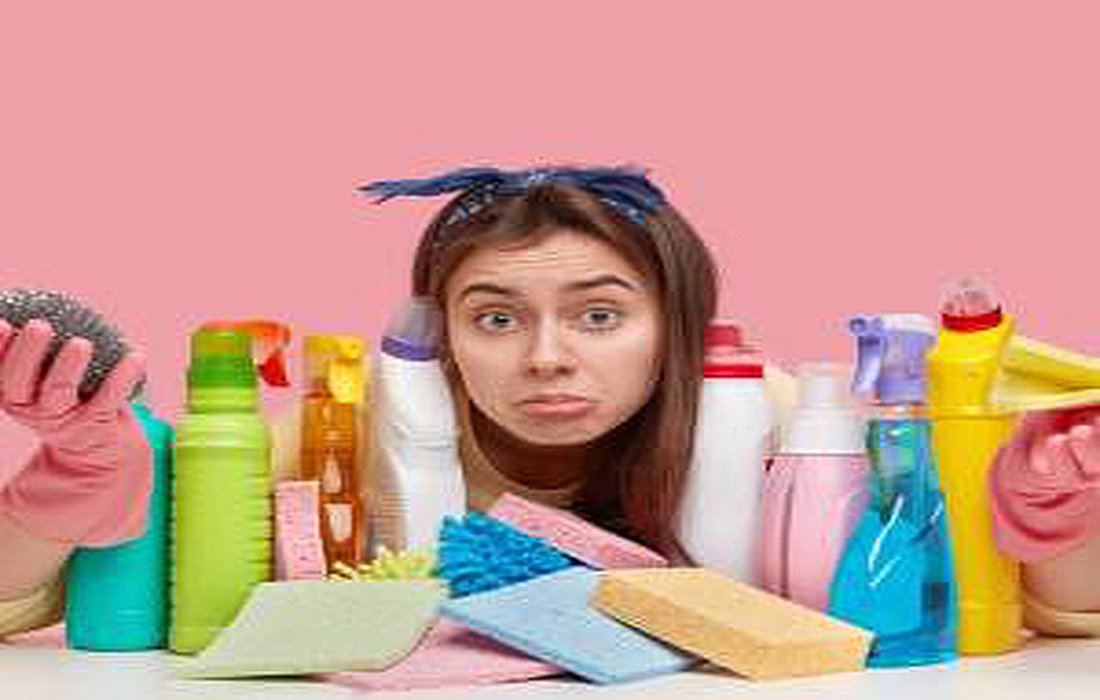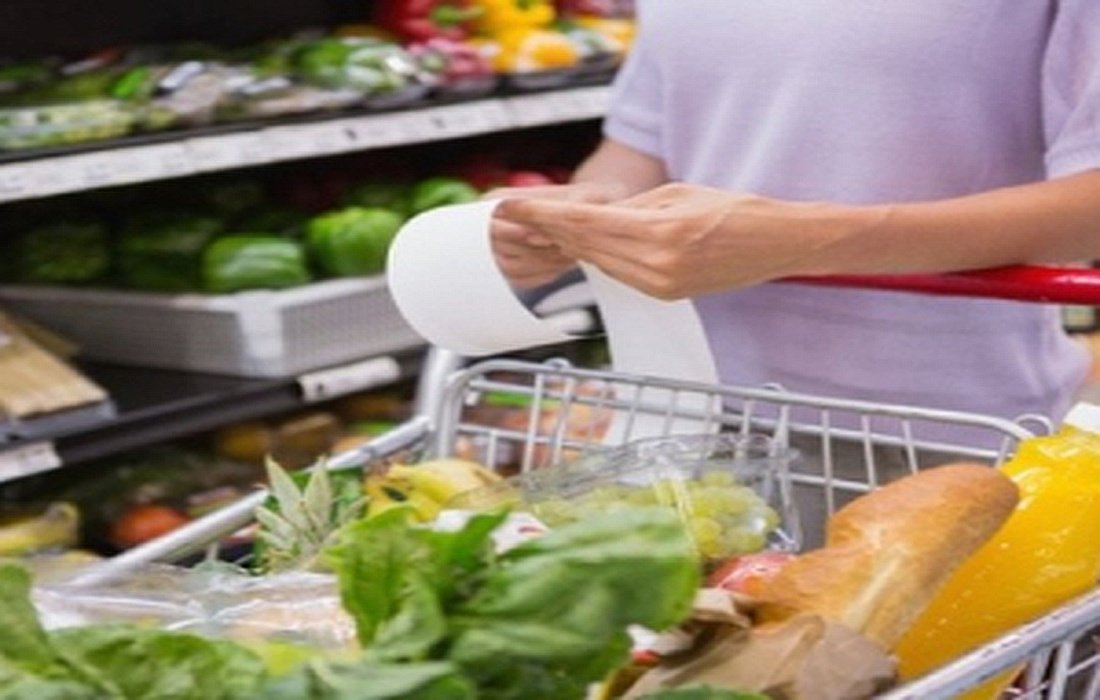Important TipsUsing cleaning agentsIn different types
When it’s time to clean, we all want to do it effectively and efficiently. There are many products and tools available in the market that help you eliminate any viruses, germs, and dirt.
Important tips before starting to clean with cleaning products
You might be surprised to learn that many of them are used incorrectly, resulting in poor outcomes. Therefore, before you start cleaning, take a few minutes to follow the steps mentioned in this lifestyle and homekeeping section.Housekeeping SelMagzFollow the steps we have mentioned:
- Read the product label as it contains information on quantities, how much to use, and safety details.
- Follow the instructions.
- Check the product’s expiration date, as some of them lose effectiveness once they expire.
- Ensure proper ventilation while using products.
- Wear gloves and goggles to protect your skin.
- Do not mix cleaning products, as it can produce toxic fumes.
- Wash your hands after using any cleaning agent withsoapand warm water.
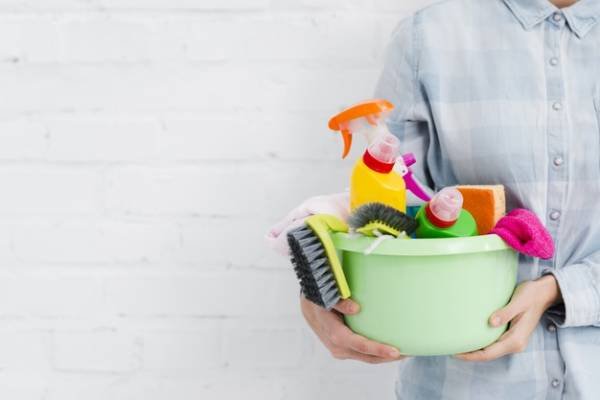
The correct use of various cleaners and detergents
To achieve the best results, follow these tips for each product:
1- Disinfecting wipes
If used correctly, disinfecting wipes can provide a safe and clean environment. Carefully review the product labels to ensure you choose the right wipes for the surfaces.
The disinfectant in these wipes should remain on the surface for at least 4-5 minutes to eliminate viruses and bacteria. Avoid using one wipe for all surfaces, as it won’t be effective.
Disinfecting wipes last up to 2 years. If they are not moist enough while using, you can revive them with 70% isopropyl alcohol. Just make sure to let the alcohol soak in well before use.
For effective disinfecting with these wipes, ensure that the surface is clean and dry. Iffoodor grease is stuck to the surface, clean it with soap and water first, and then use the disinfecting wipe.
If a child has access to the disinfected surface, let it dry and rinse with water afterwards.
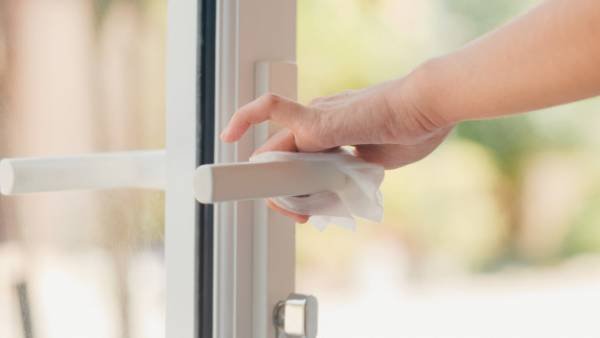
2- Disinfectant sprays
For disinfectant sprays to work effectively, like disinfecting wipes, spray the solution generously on the surface.
For aerosol sprays like Lysol cleaner and Microban 24 disinfectant spray that can be used on both hard and soft surfaces, ensure that safety tips are followed while cleaning badly soiled surfaces.
Spray from 15-20 cm away from the surface for 30 seconds to wet it properly. Remember to rinse surfaces used for food with water once dry and wipe with a clean microfiber cloth.
Follow the same advice for non-aerosol disinfectant sprays. These sprays should remain on surfaces for at least 5 minutes to be effective. Read the product label, as many cannot be used on wooden, oiled, or leather surfaces.
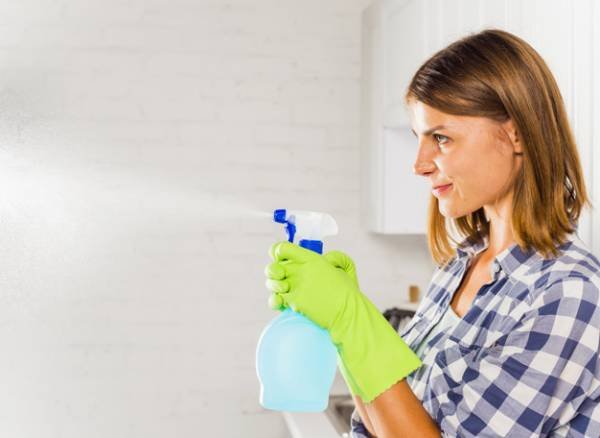
3- Bleach (Chlorine bleach)
Bleach or sodium hypochlorite is one of the most effective disinfectants, used for water purification, pest control in hospitals, and whitening stained clothing. While cost-effective, it is powerful but must be mixed with the right concentration of water for the best results. This product is sensitive to light and temperature.
Excessive heat can affect the product’s stability, so it’s important to store it in an opaque bottle at 21 degrees Celsius. After opening, it should be used within 12 months, as it loses effectiveness after this period.
Before purchase, read the label, as not all formulations are strong enough for disinfecting surfaces.
Warning:Never mix bleach with ammonia,vinegarand alcohol, as it produces a toxic chemical reaction that can harm both surfaces and your lungs, potentially resulting in death.
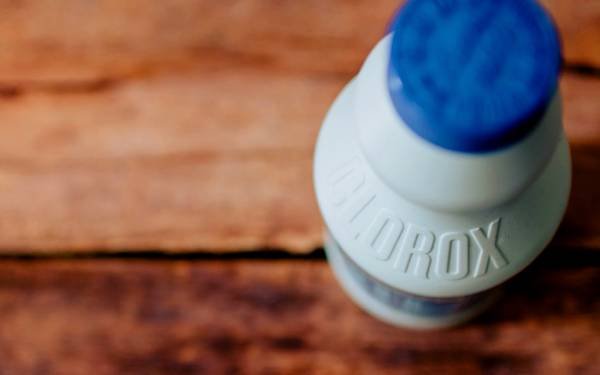
4- Distilled white vinegar
Distilled white vinegar is a non-toxic cleaner preferred by many. Although vinegaris effective in killing some bacteria, it is not an EPA-registered disinfectant and does not eliminate some dangerous bacteria strains.For home use, it should be diluted with water to be effective against stains.
Avoid using vinegar
on surfaces like kitchen counters and granite, marble, and quartz floors as it becomes corrosive and can scratch the stone.Vinegarcan also damage grout and leather surfaces.5- Hydrogen peroxideHydrogen peroxide is a mild bleach that can help remove stains from clothes and home surfaces. This solution is available in concentrations between 3-10% and is very useful for home cleaning and disinfecting.
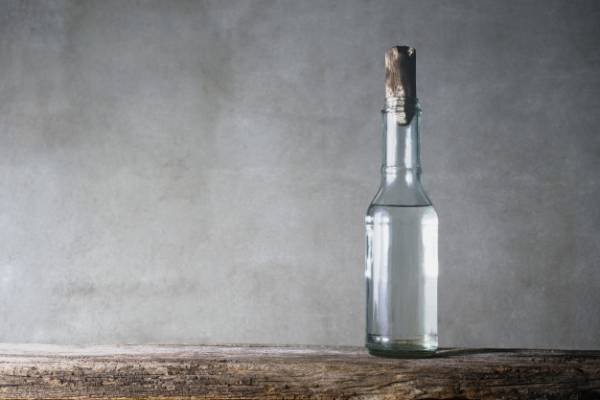
Hydrogen peroxide contains unstable hydrogen and oxygen molecules, and therefore should be stored in a dark bottle to prevent exposure to heat, light, and air; otherwise, it breaks down into water and becomes ineffective. It can be stored for up to 6 months after opening if the above conditions are met.
Since this solution has bleaching properties, never use it on dark fabrics or carpets, as it will discolor them.
6- Laundry detergentsOne common mistake when using laundry detergents is using more than the necessary amount. Excessive detergent creates a sticky residue on fabrics, which can lead to unpleasant odors and attract more bacteria, and it can also trap dirt on clothing. Therefore, read product labels before use to determine the right amount based on your laundry load and washing machine type.Although these products are not harmful, they can lose effectiveness if stored for too long. You can store them for up to a year.
7- Laundry disinfectants
It does not matter whether you use bleach, pine oil, or phenolic disinfectant for laundry disinfection, as you are just wasting time and money.
To disinfect clothes and sheets, use the appropriate type of disinfectant for your fabric and follow the product labels.
The bleach solution should be added to the washing machine with the warmest water cycle suitable for the fabric during the rinse cycle.
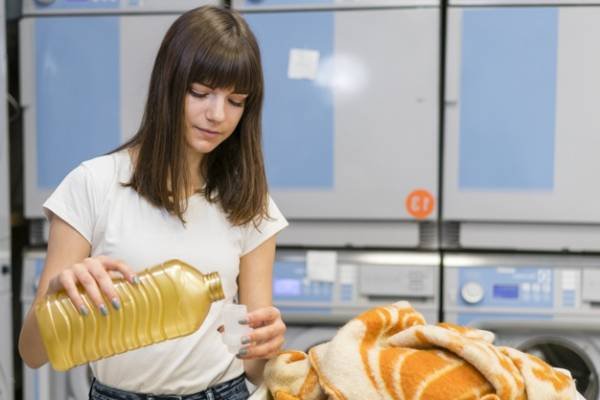
Pine oil or phenolic disinfectants should also be added during the rinse cycle, and the laundry should remain in the disinfecting solution for at least 15 minutes to eliminate the most bacteria.
8- Oven and stove cleaners
Oven and stove cleaners are often among the most toxic cleaners. Fortunately, manufacturers have developed formulas that have reduced their toxicity.
Use today’s products on cool ovens and stoves, as using them on hot surfaces increases toxic fumes. Therefore, it is important to take time to clean and let it sit for at least 2 hours or overnight, so it can be easily scrubbed with a soft brush.
While cleaning the grease on the stove and oven, regularly rinse the sponge or cloth in clean water to prevent redistributing grease.
9- Bathroom cleaners
When it’s time to clean the bathtub, shower, sink, and bathroom countertops, patience is essential. Spray the cleaner on the surface and wait at least 15 minutes for it to work, as surfactants and cleaning agents need time to penetrate minerals and soap scum.
Instead of cellulose sponges, use microfiber cloths or a soft-bristled brush for cleaning surfaces.
10- Toilet cleaners
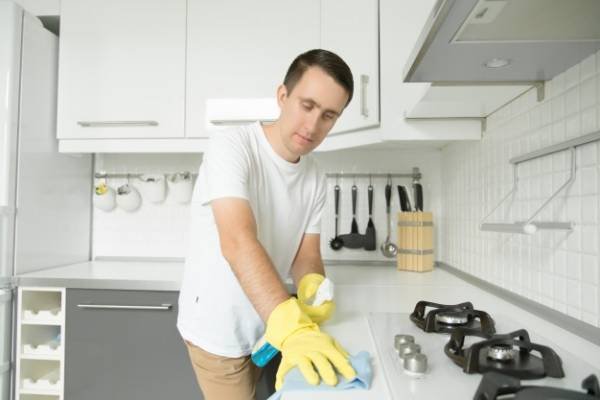
Before you start cleaning, pour the cleaner into the toilet bowl! Choose a product that easily goes beneath the rim to clean. If you’re also using it for a commode, close the lid after applying the cleaner. Now move to the outside of the toilet and disinfect it with a cleaner.
Finally, take care of the toilet bowl and clean it. After applying cleaners to the desired surfaces, wait a little for them to take effect; this way, you won’t have to put in a lot of effort to clean.
11- Window cleaners
When cleaning windows and mirrors, always start from the top and work your way down. This way, you can see streaks that haven’t been cleaned yet.
More important than the brand of glass cleaner or homemade solution is what you use to wipe and dry the window. Avoid using linty cloths and paper towels, opt for newspaper and microfiber towels instead.
12- Floor cleaners
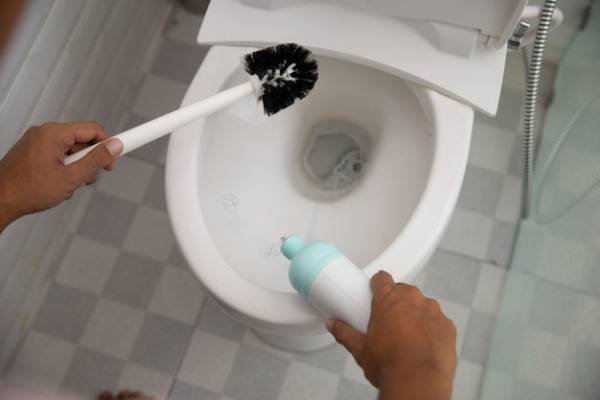
Before using floor cleaning products, don’t forget to read their labels. It’s crucial to know if they need to be mixed with water and if they are safe for your flooring.
Never overly wet floors other than stone, tile, and ceramic with the cleaning solution, as it can soften wood fibers and damage vinyl flooring adhesives.
13- Sponges, cloths, mops, and cleaning tools
If you are using tools that are filled with dust, dirt, and residue from sticky cleaning products, set them aside and use the cleanest tools for the best results.
Cleaning agents
Safety tips in using cleaning agents
Disinfecting wipes
How to use disinfecting wipes



